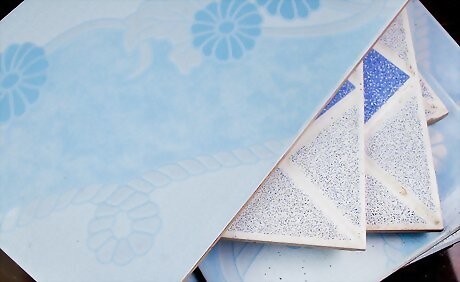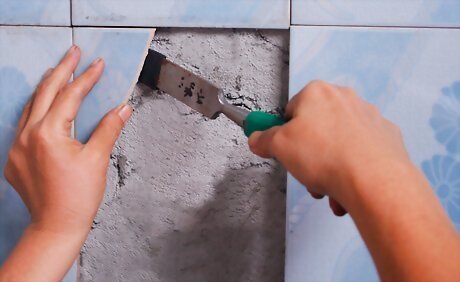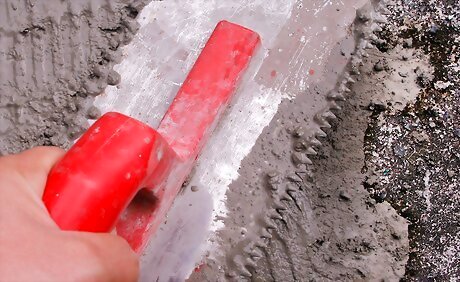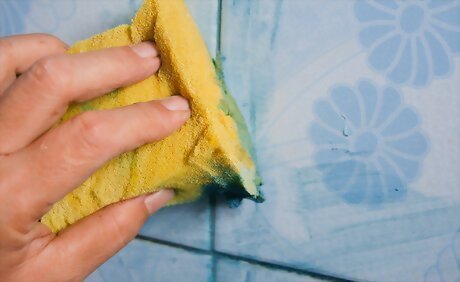
views

Find a replacement tile that matches. Flooring contractors often leave spare tiles in the garage or storage room for when the homeowner might need to repair tile mishaps.

Choose a matching grout. Borrow colored grout samples from a well-stocked flooring supply store and bring it home to find the closest match.

Remove the old tile completely. Be careful not to damage any of the surrounding tiles. Use an electric drill with a masonry bit to drill a diagonal series of small holes into the cracked tile, keeping drilled holes less than 1 inch (2.54 cm) apart. Split the tile through the horizontal hole-line by using a ball-peen hammer to tap a cold chisel into the tile. Tap very lightly so as not to crack neighboring grout joints. Remove the loosened pieces. Use a flat bar to pry up any shards that you cannot get up by hand. Scrape the remaining old mortar from the subfloor using a stiff-bladed scraper. It is not important that you get every last bit up. Just make sure the area is fairly clean of mortar. Vacuum up any loose dirt or debris.

Set the replacement tile. Mix the thinset mortar to a pancake batter consistency. Let sit for 5 minutes, stir again, and begin spreading. Use a notched trowel to spread mortar onto the subfloor and lay the new tile in. Use a level to ensure tile is laying perfectly flat and also to determine that the newly set tile is flush with surrounding tiles.

Grout the area according to the grout manufacturer's directions. Generally, it is done the following way: Mix your grout in a clean container with fresh water. Slowly add a little bit of water, mix and then repeat until you reach a consistency of pancake batter. Using a grout float, scoop out a bit of grout. Place the float at a 45-degree angle and in diagonal strokes spread the grout in the gaps between the tiles. After 20-30 minutes your grout should start to harden, and you can clean the surface of tiles with a wet sponge. You may need to do 2-3 rounds of cleaning.

Finished.















Comments
0 comment